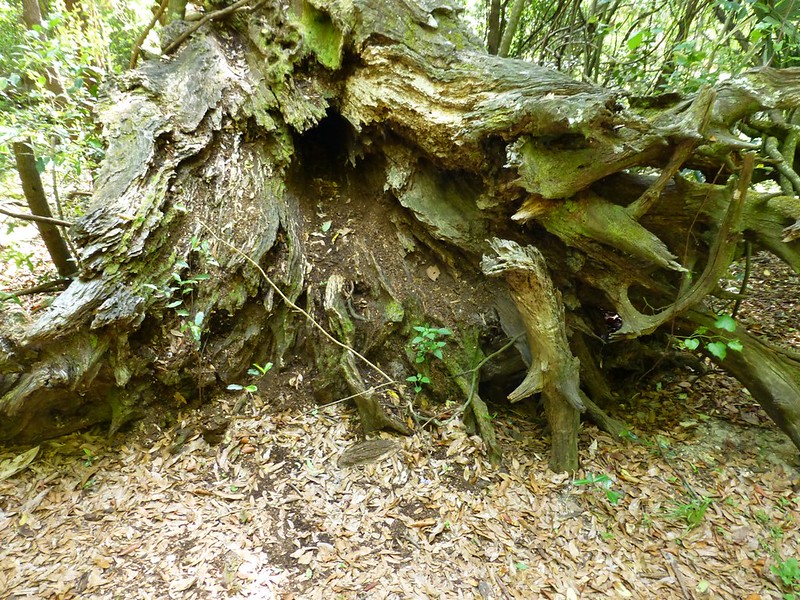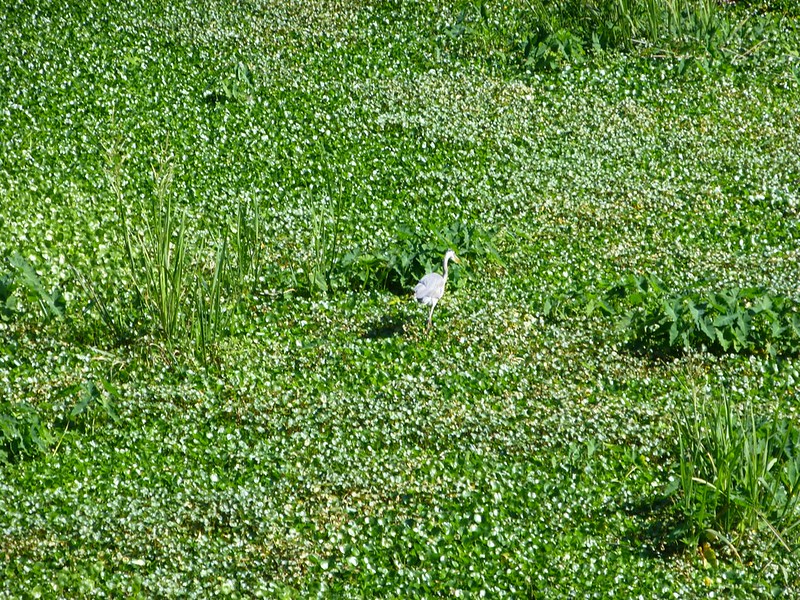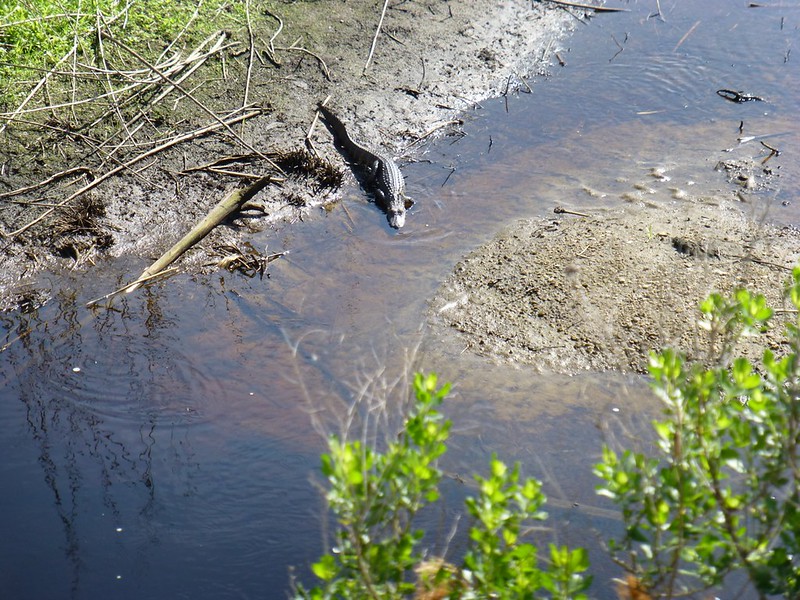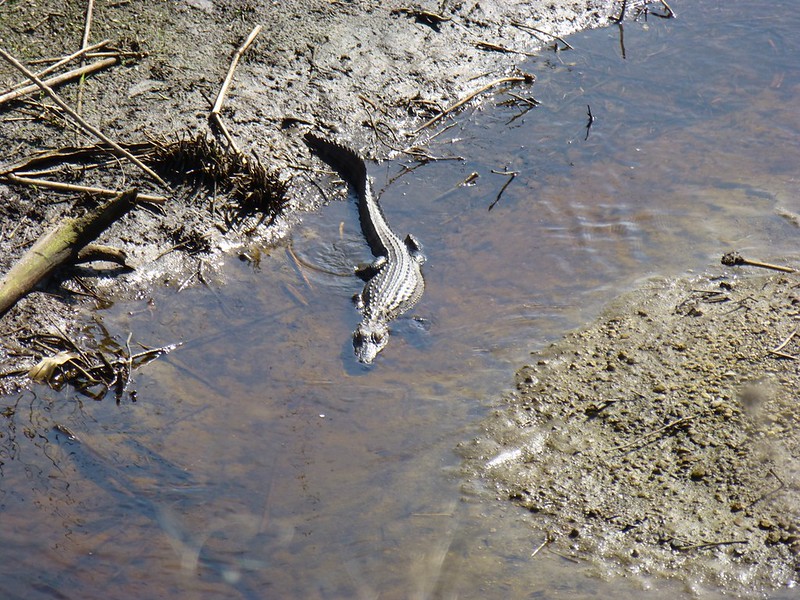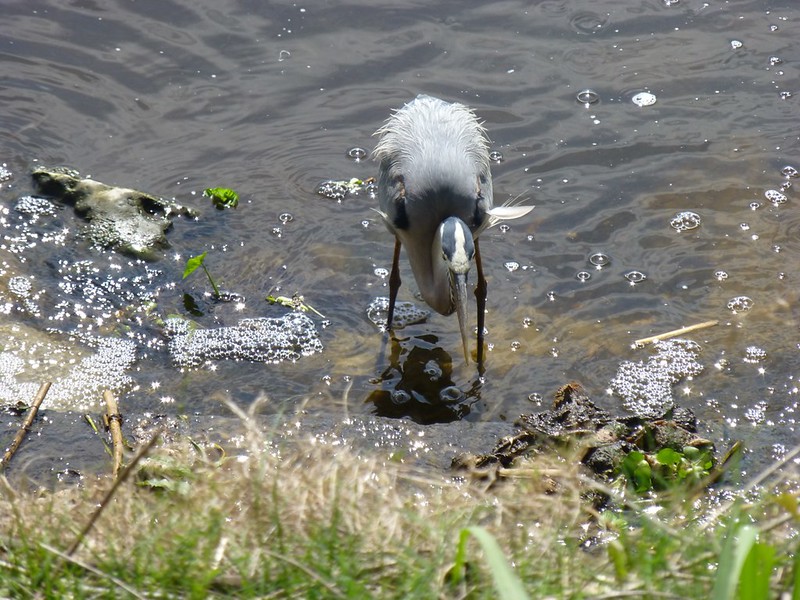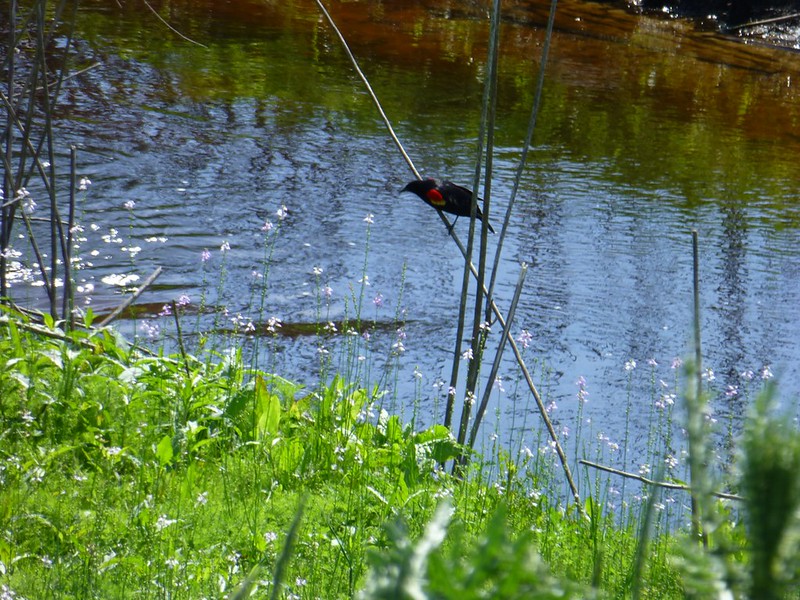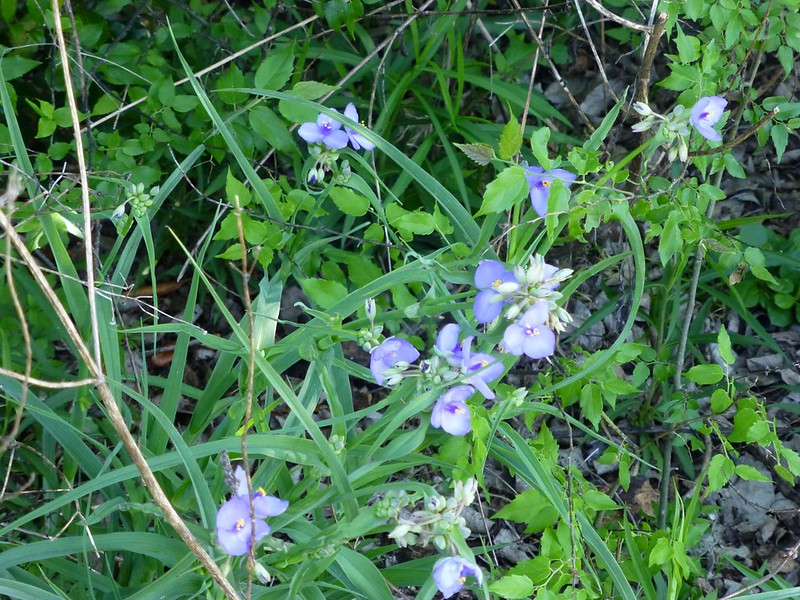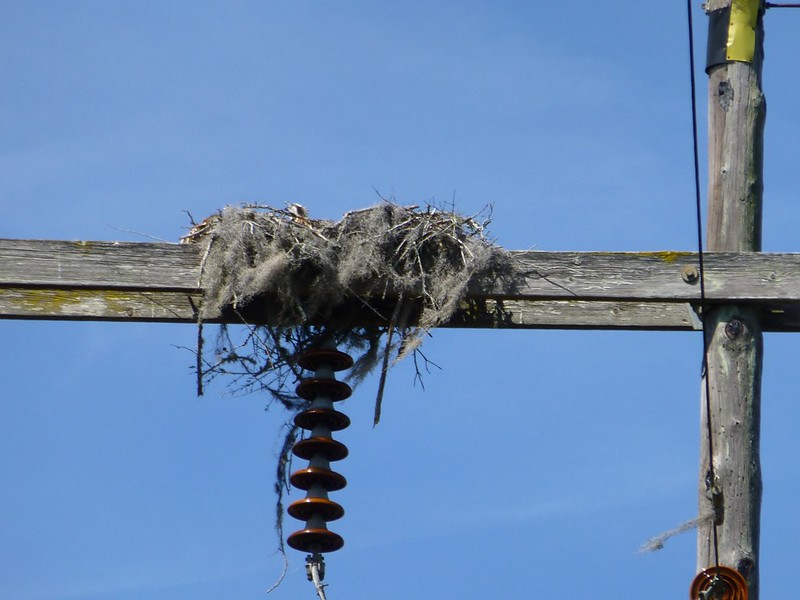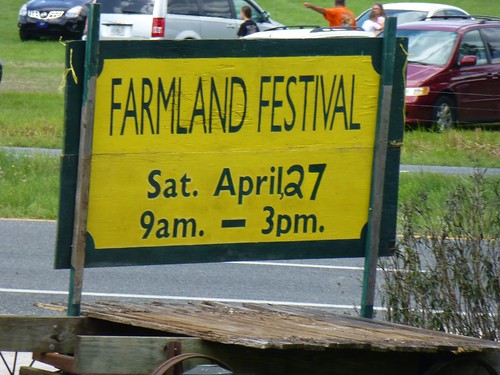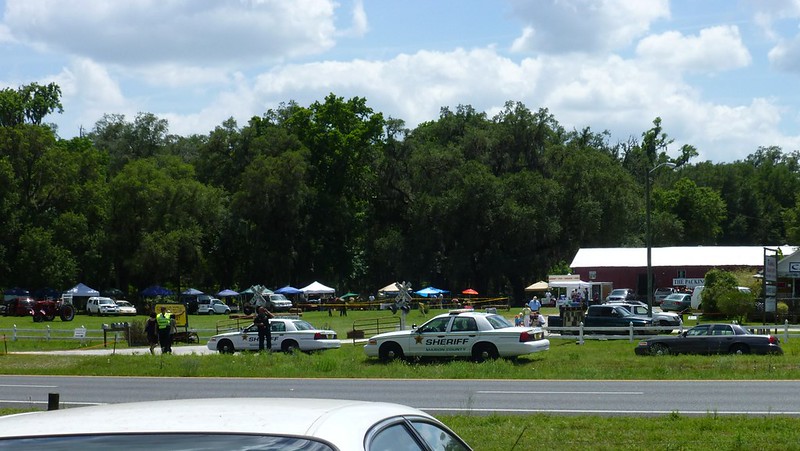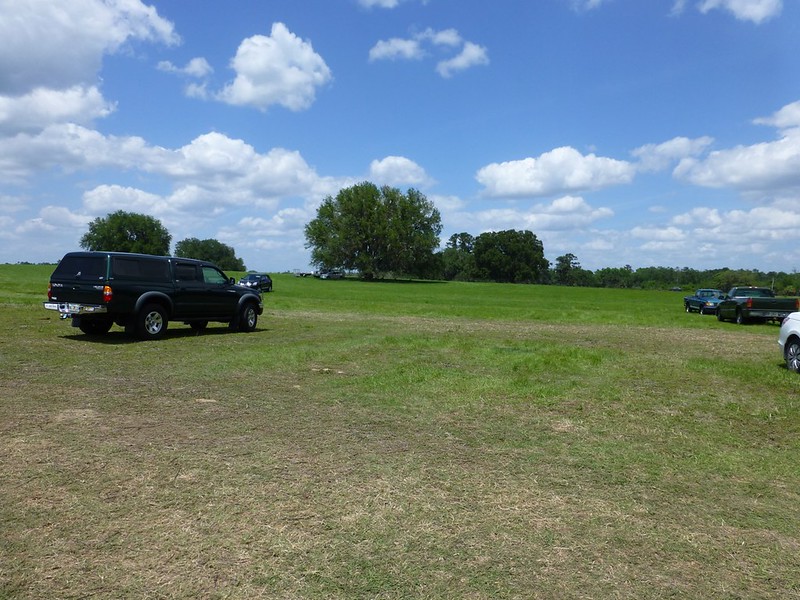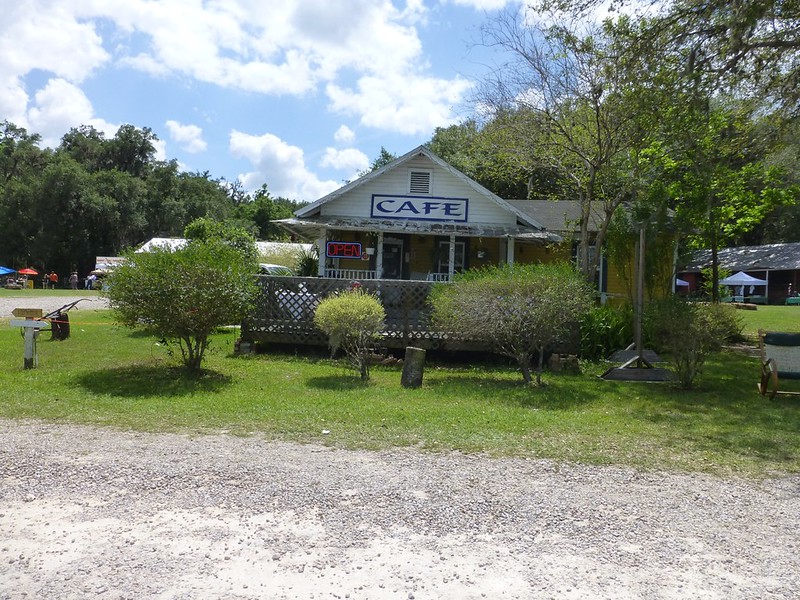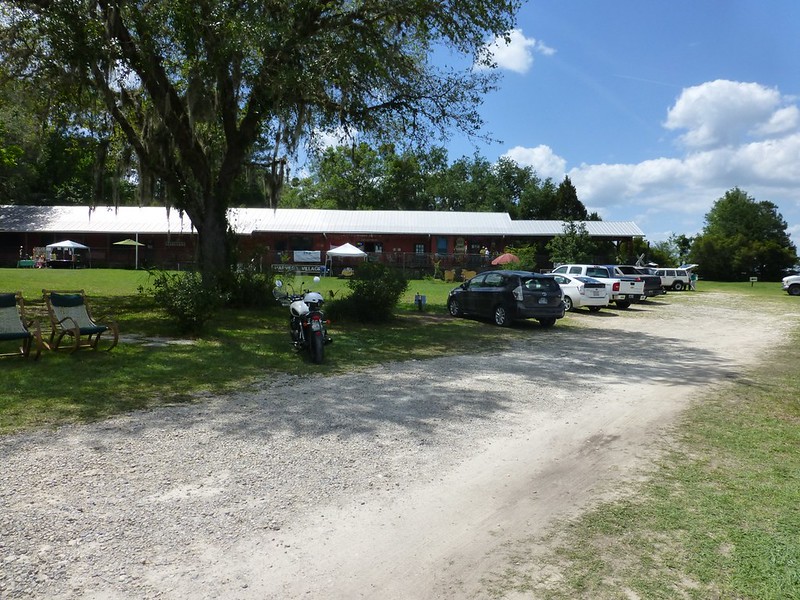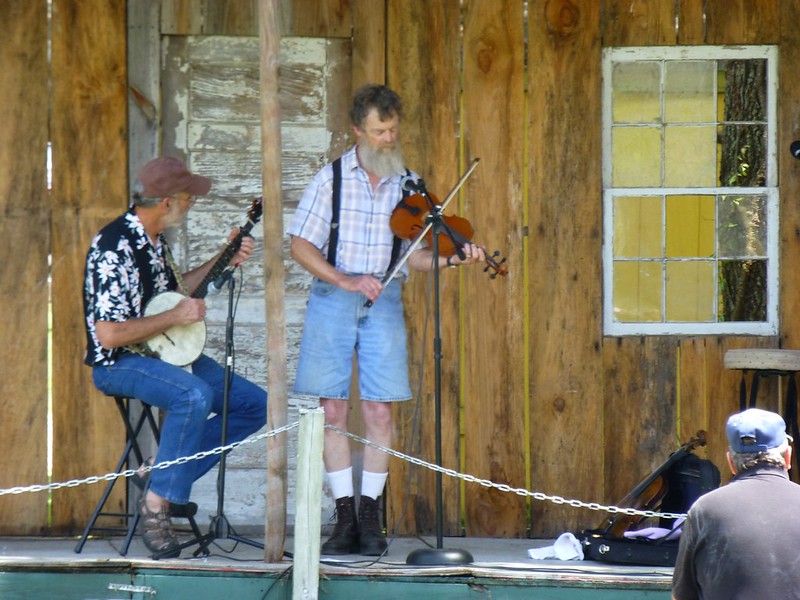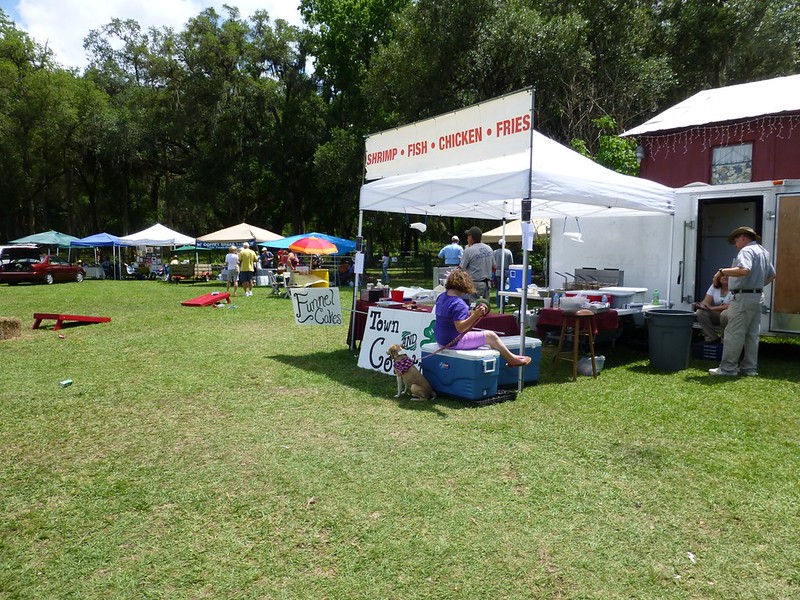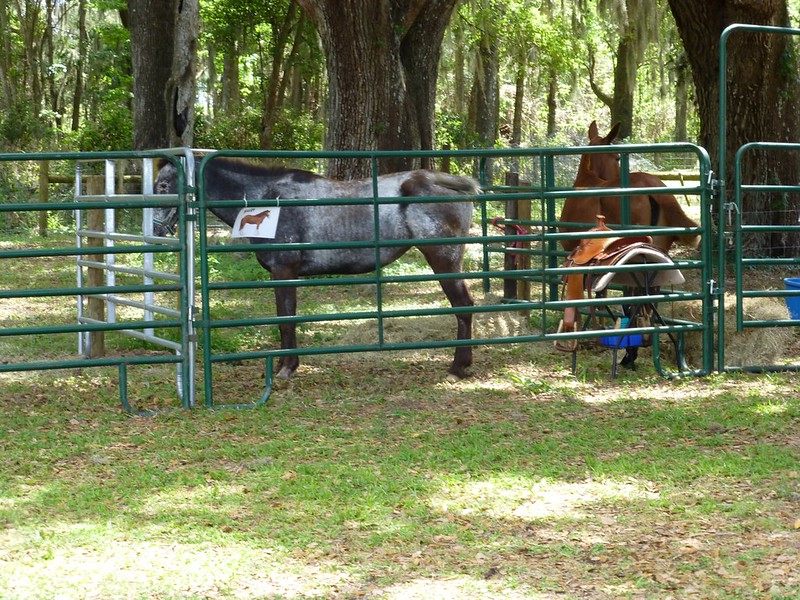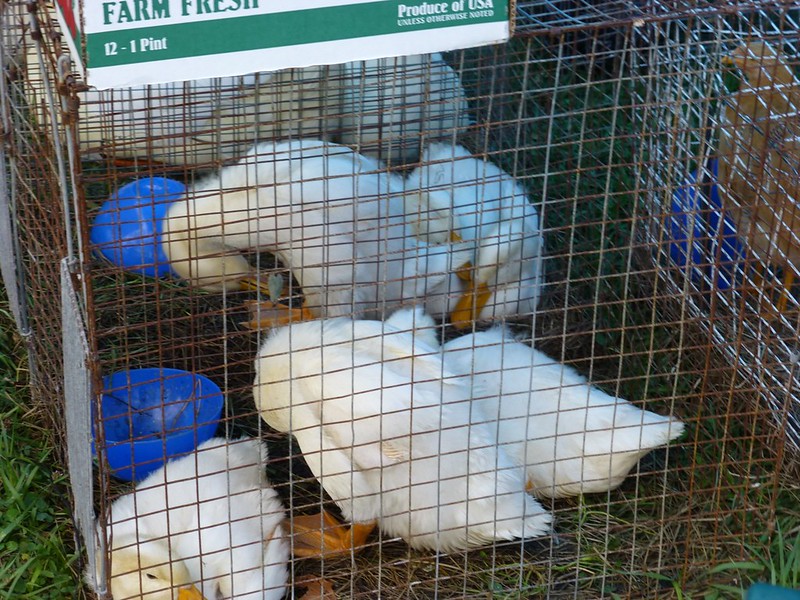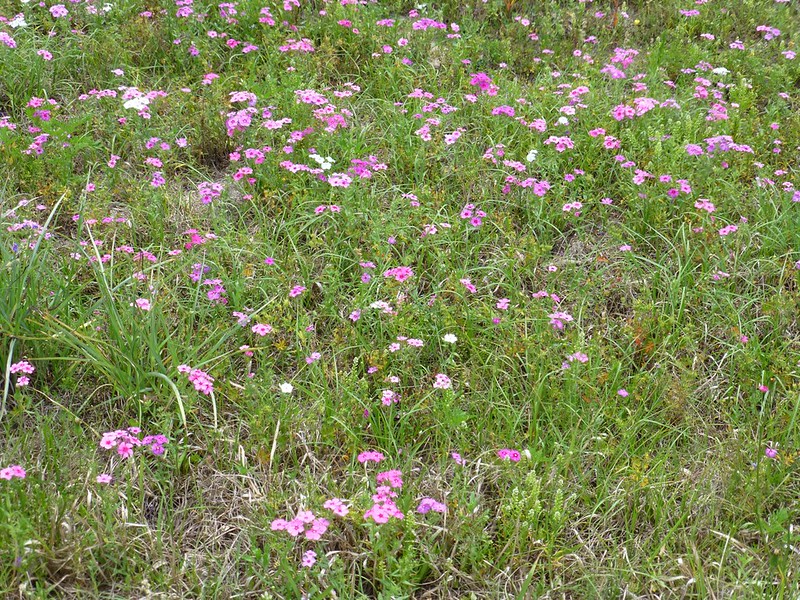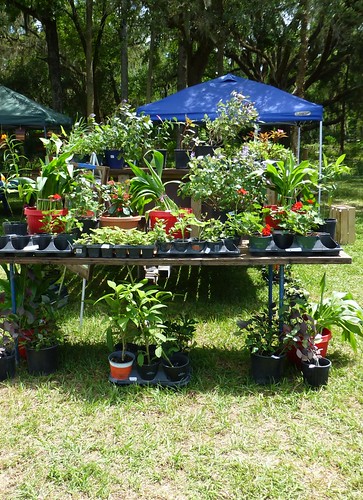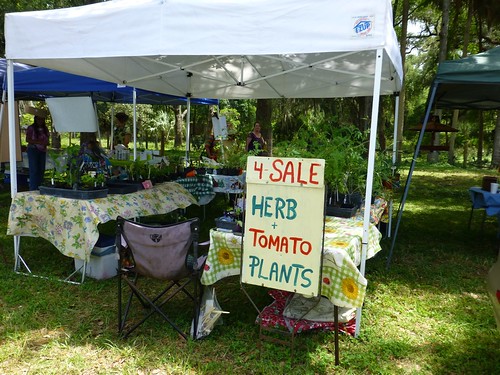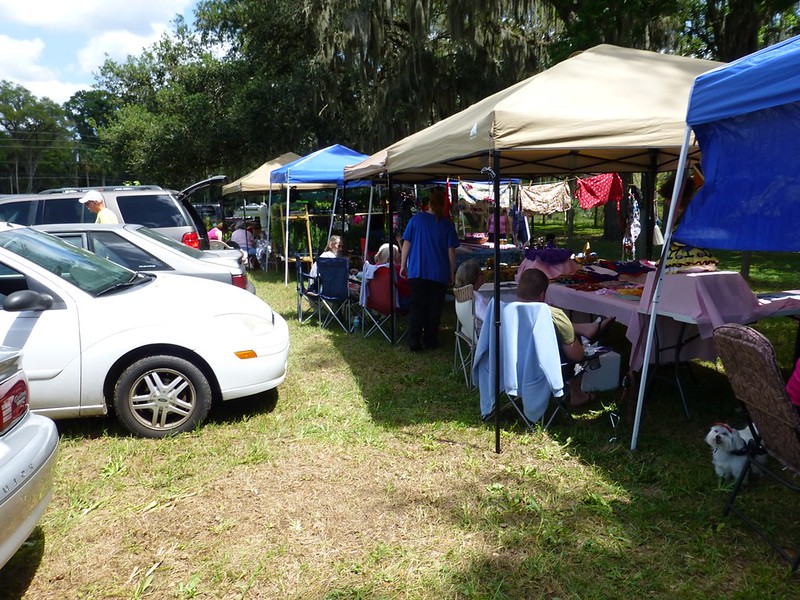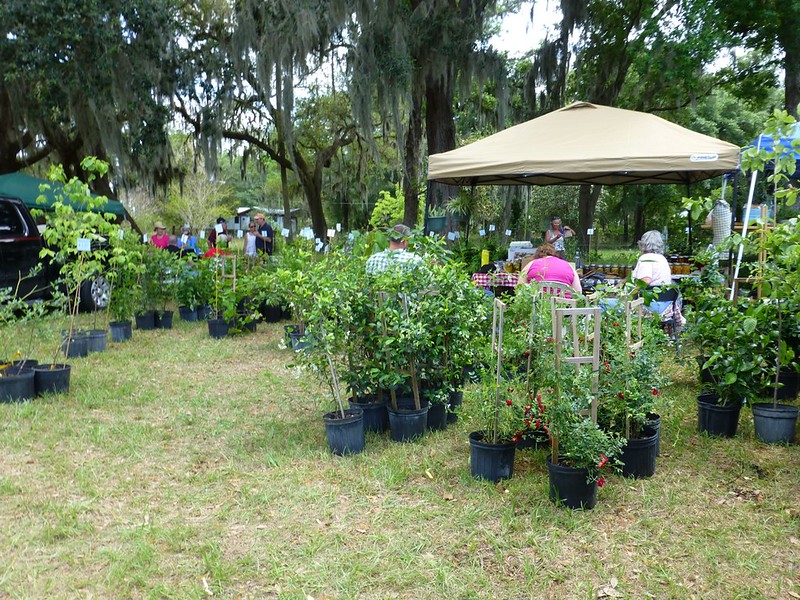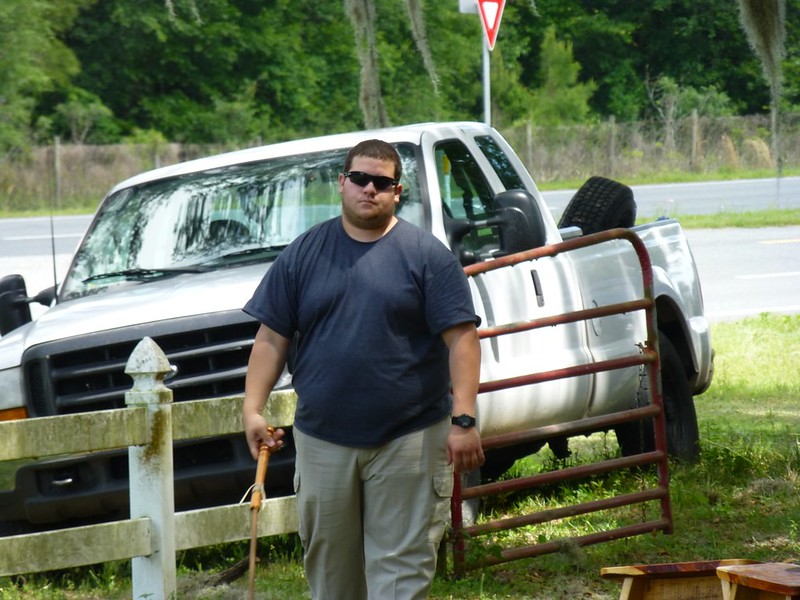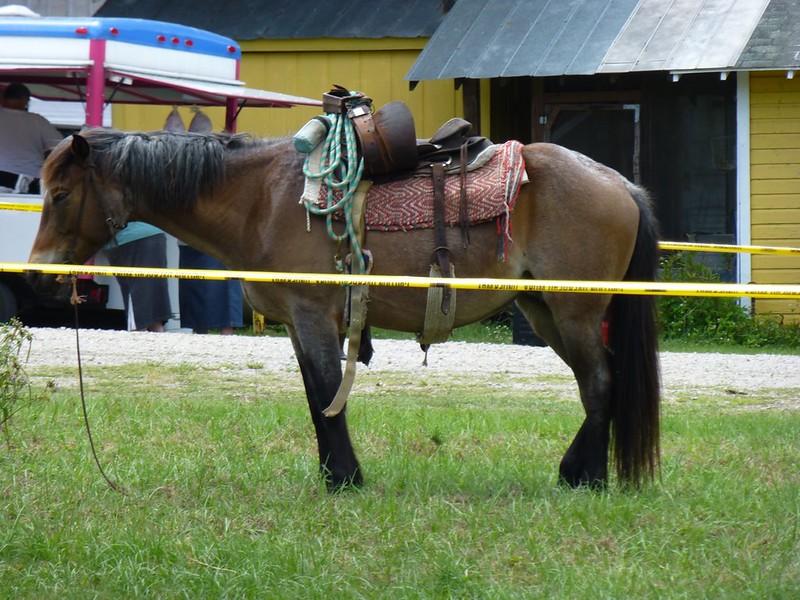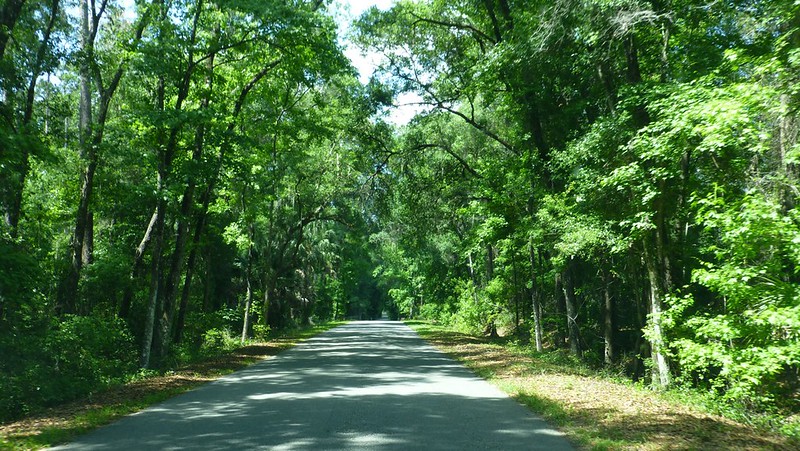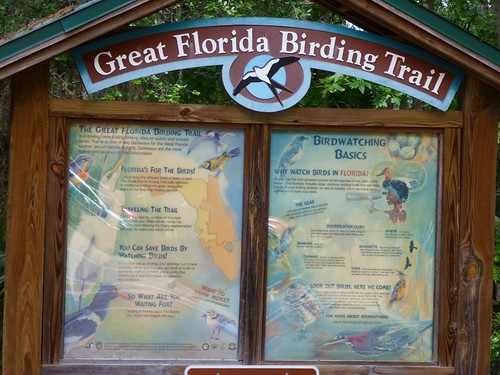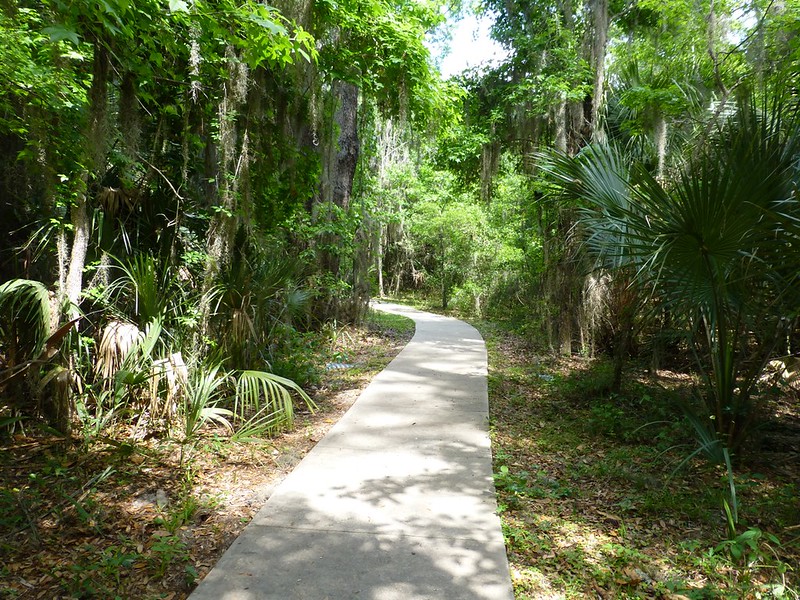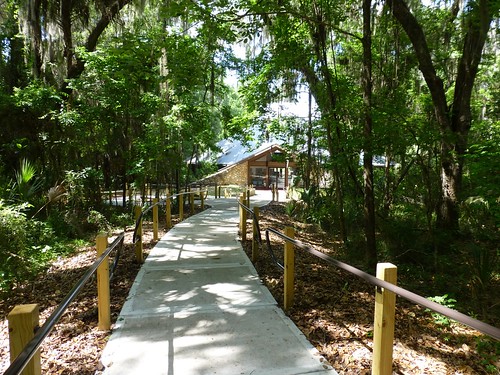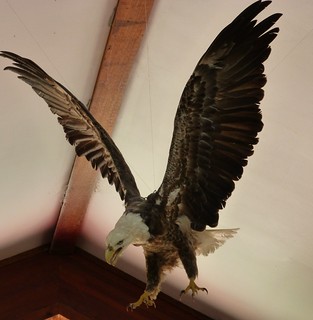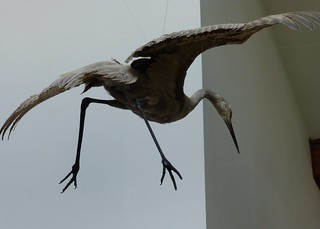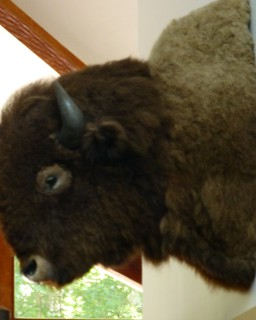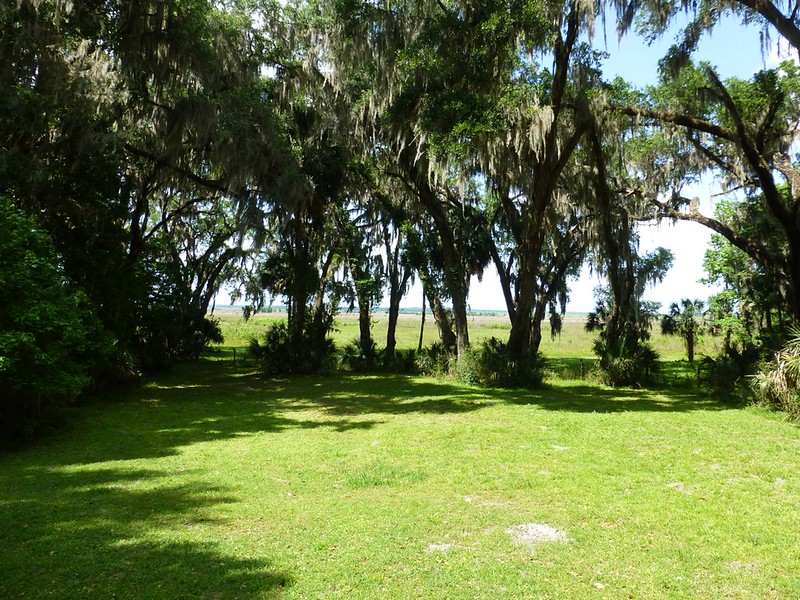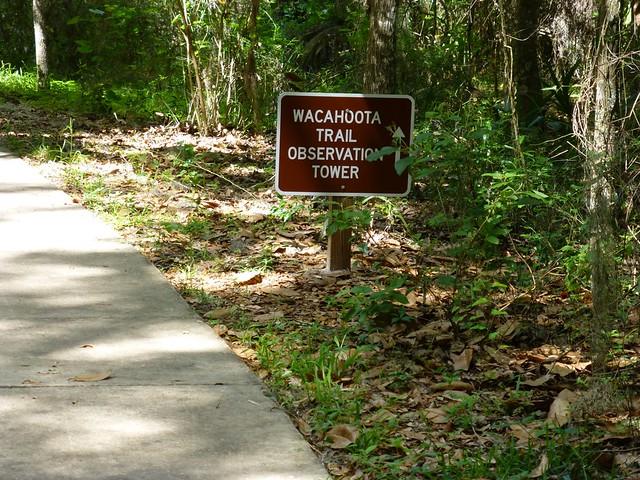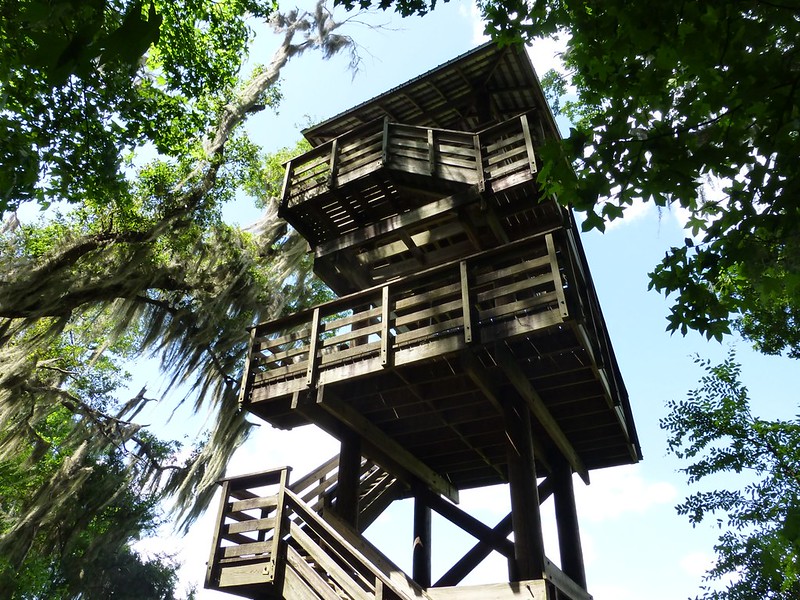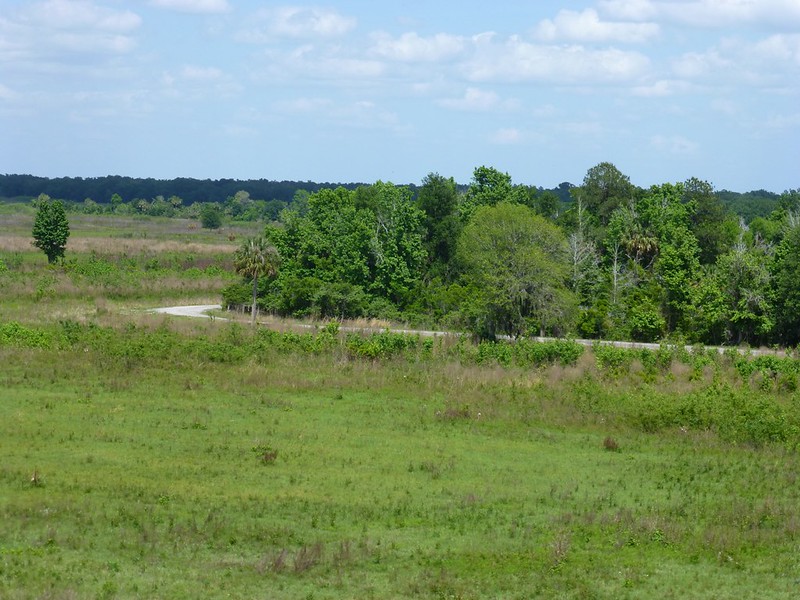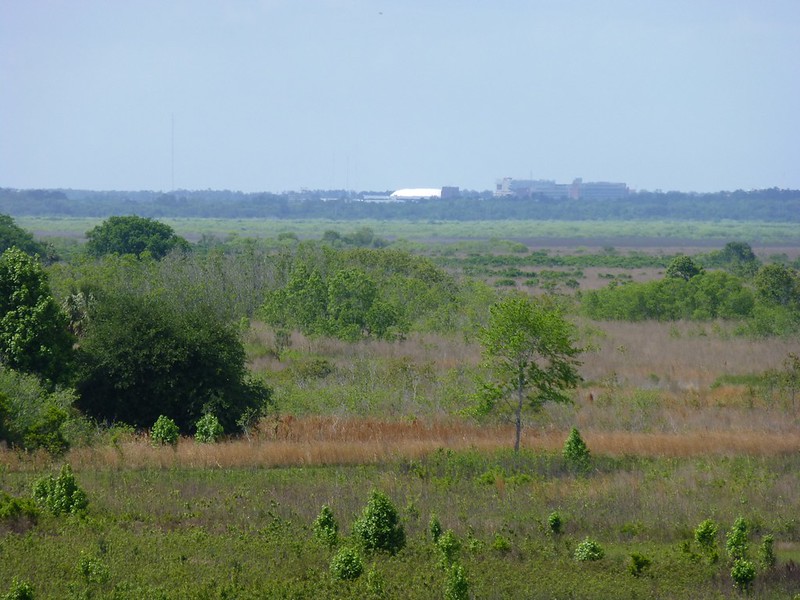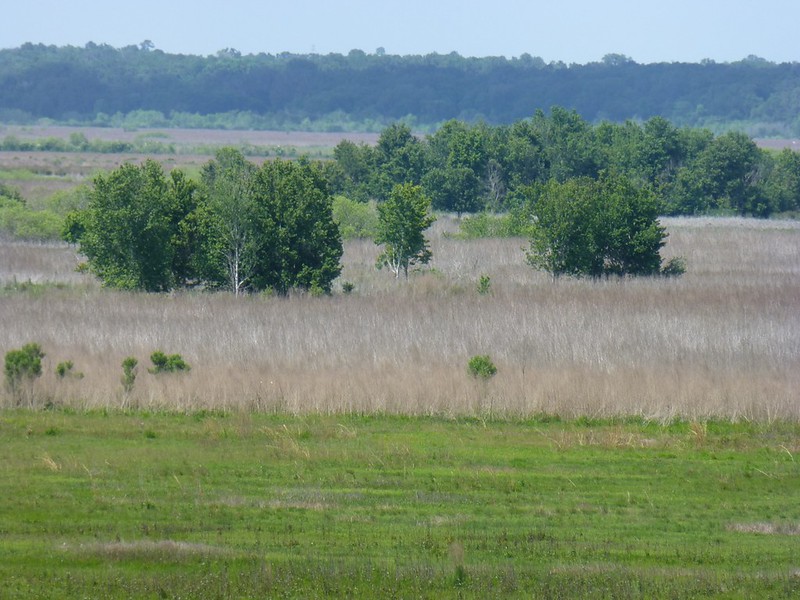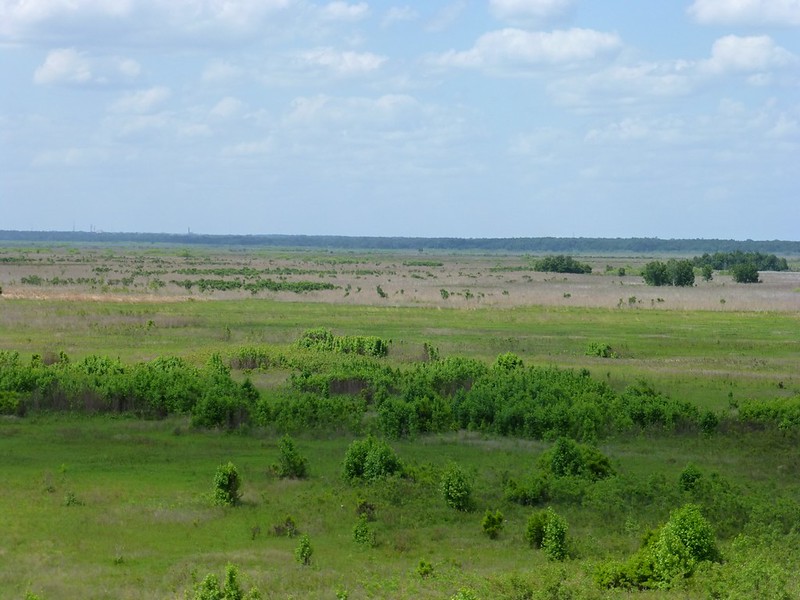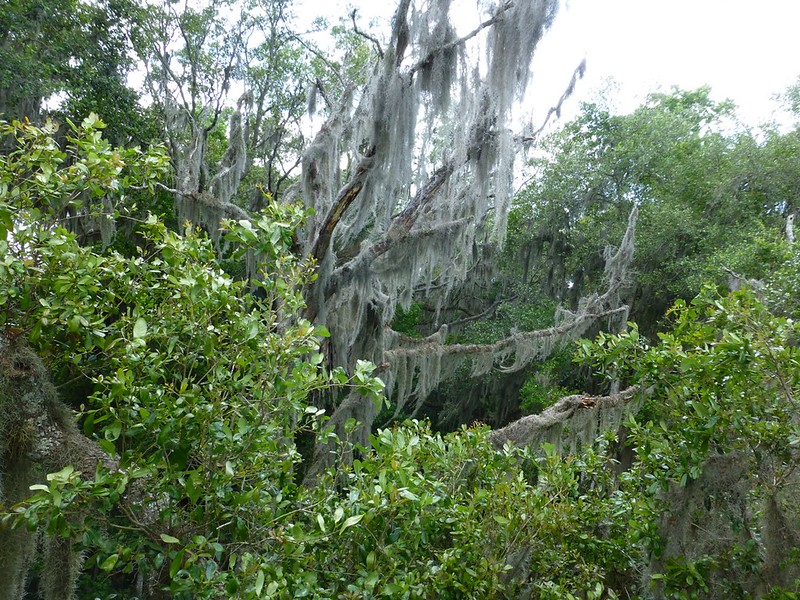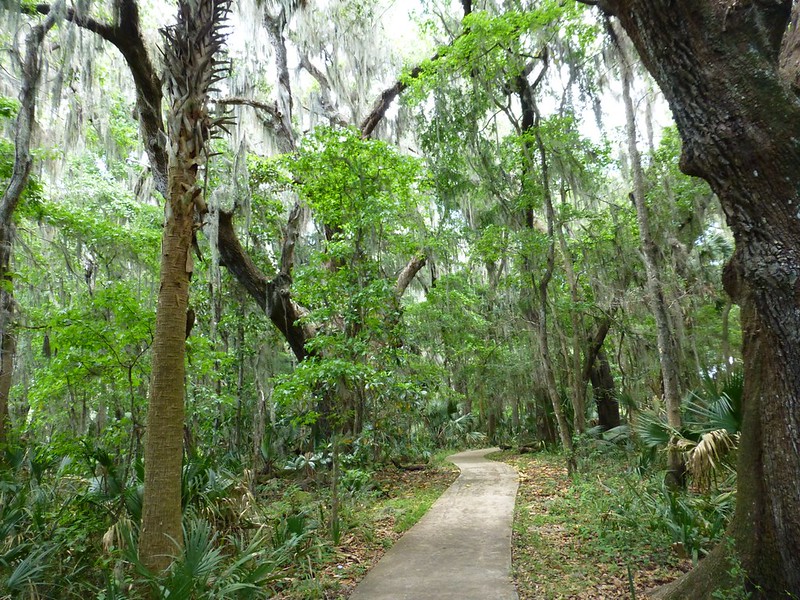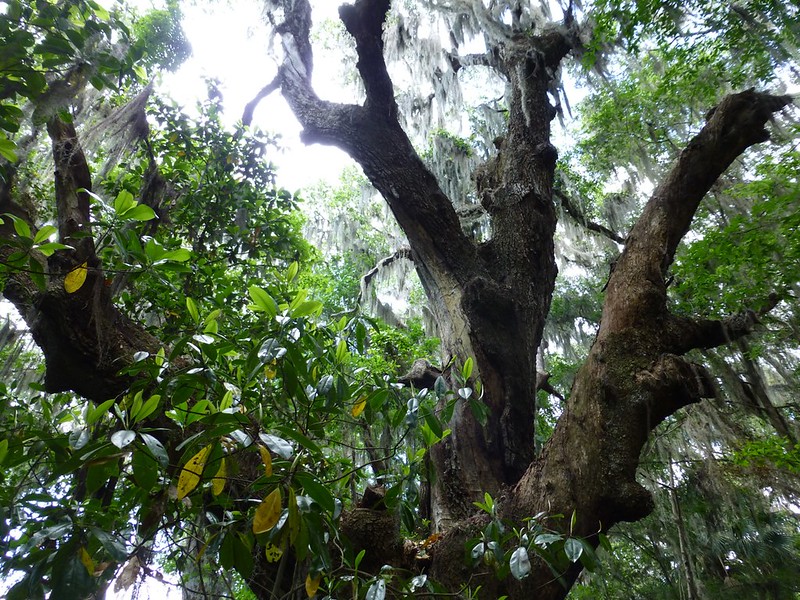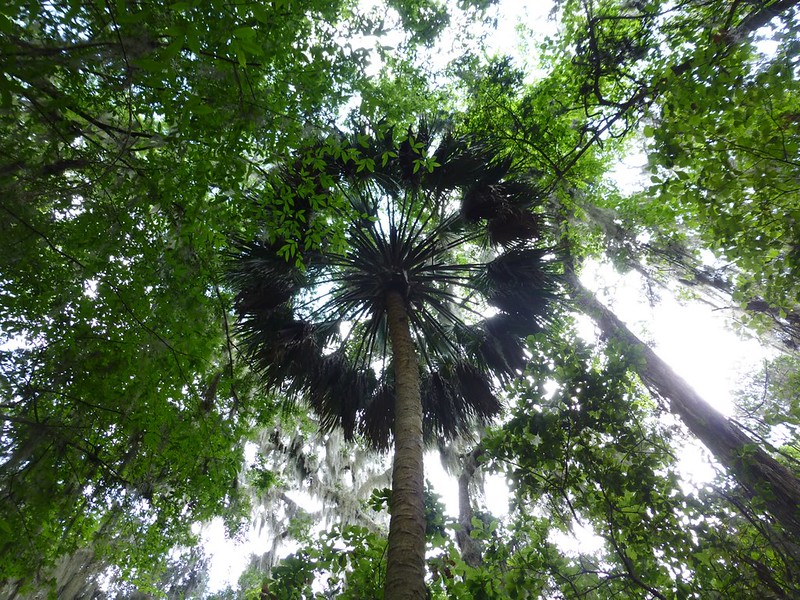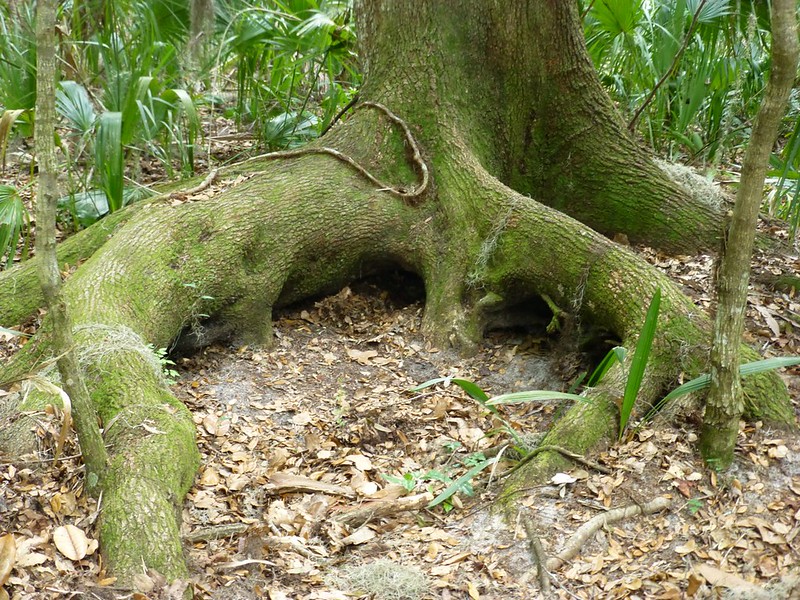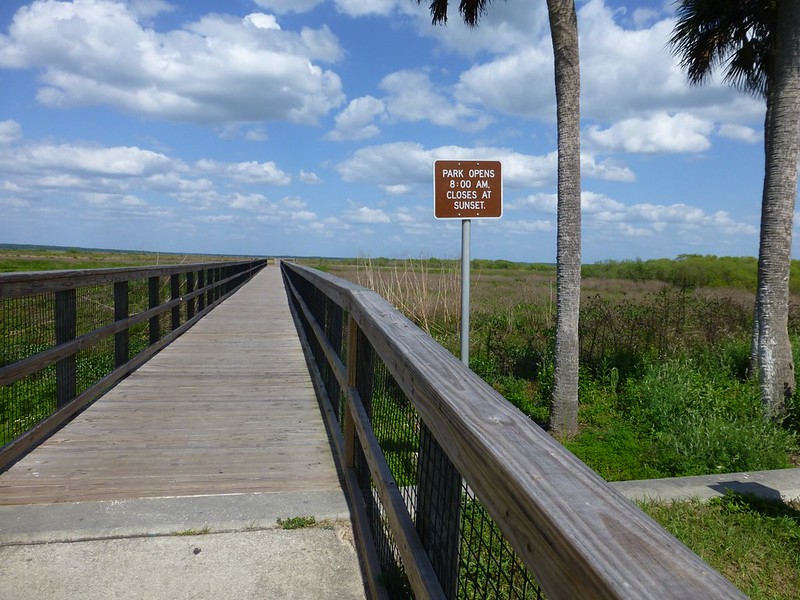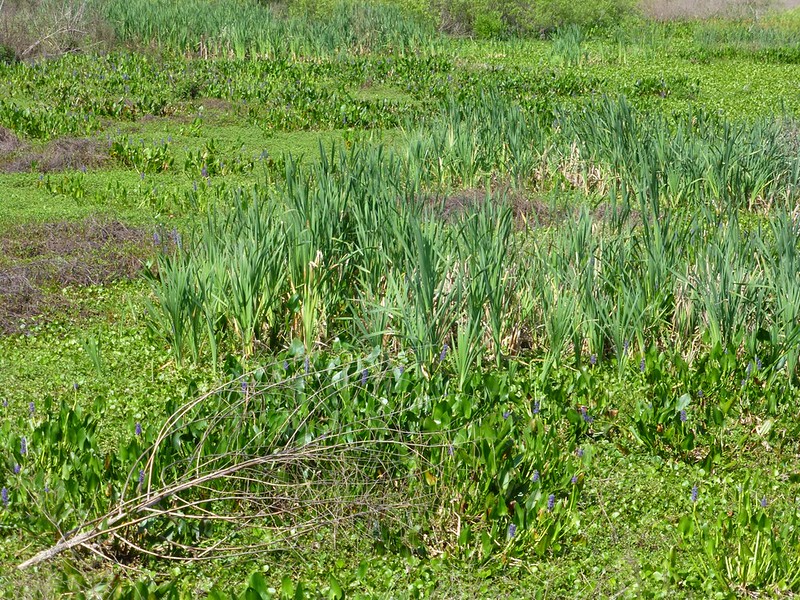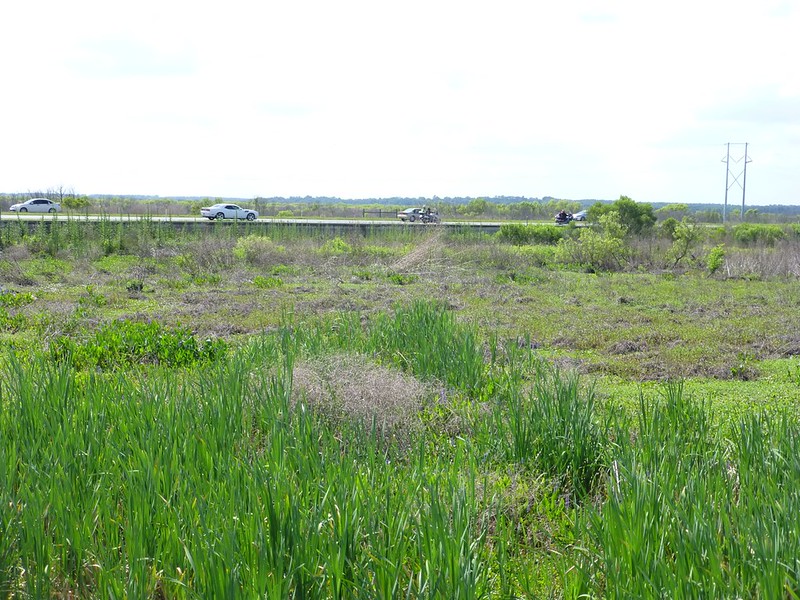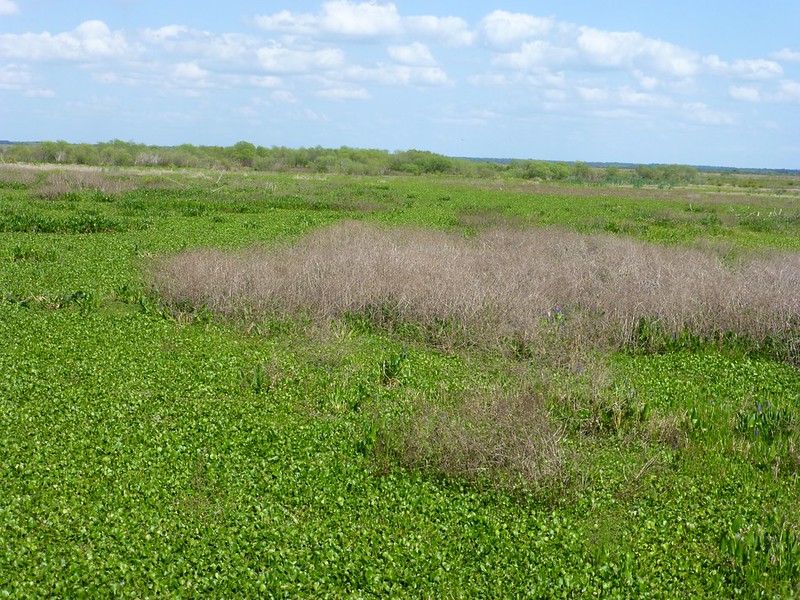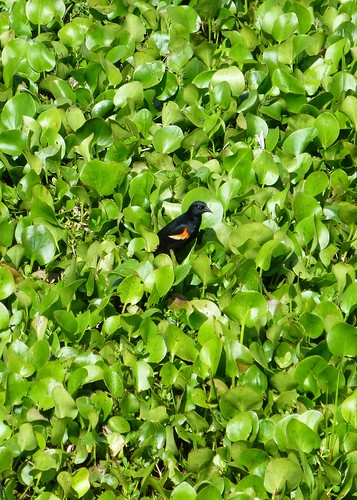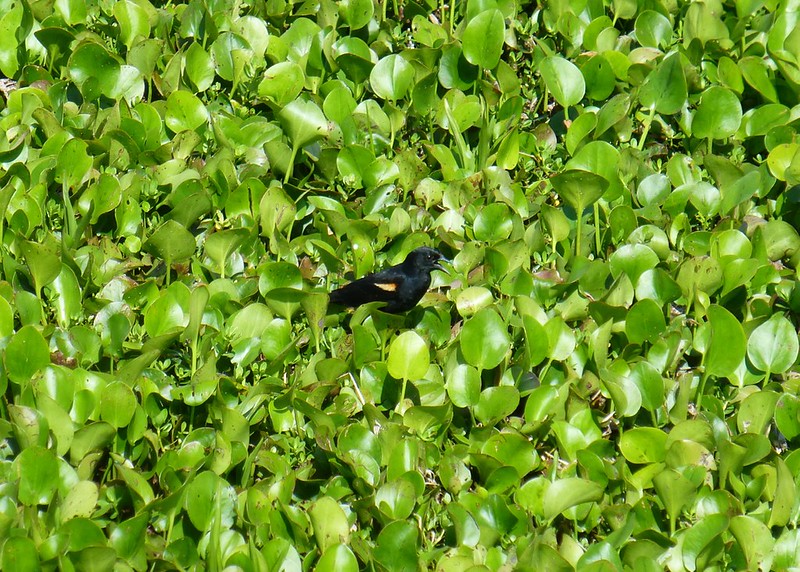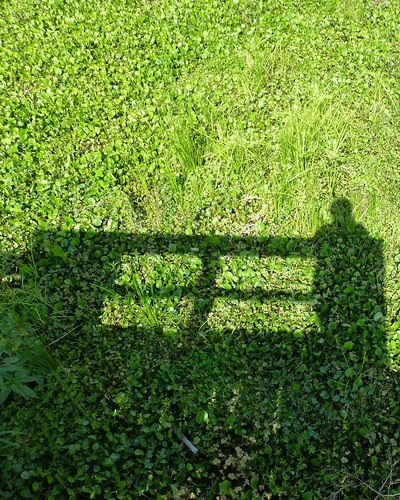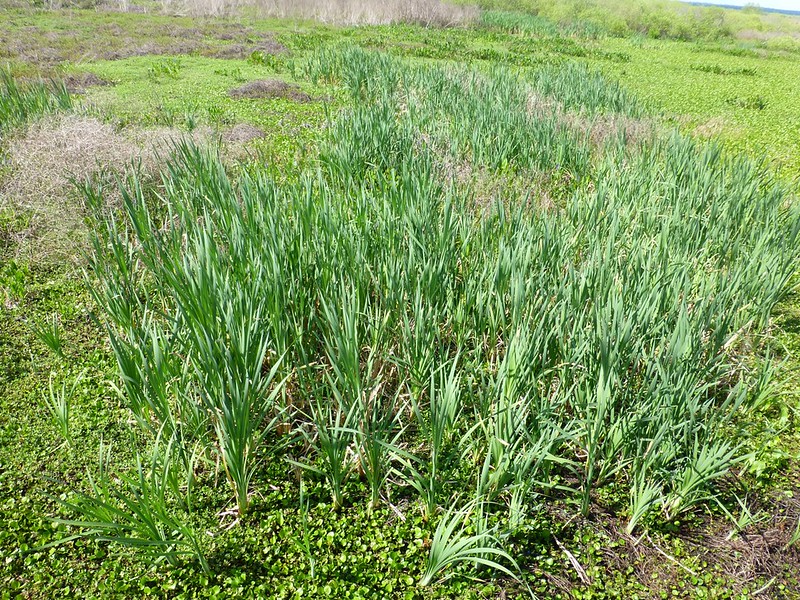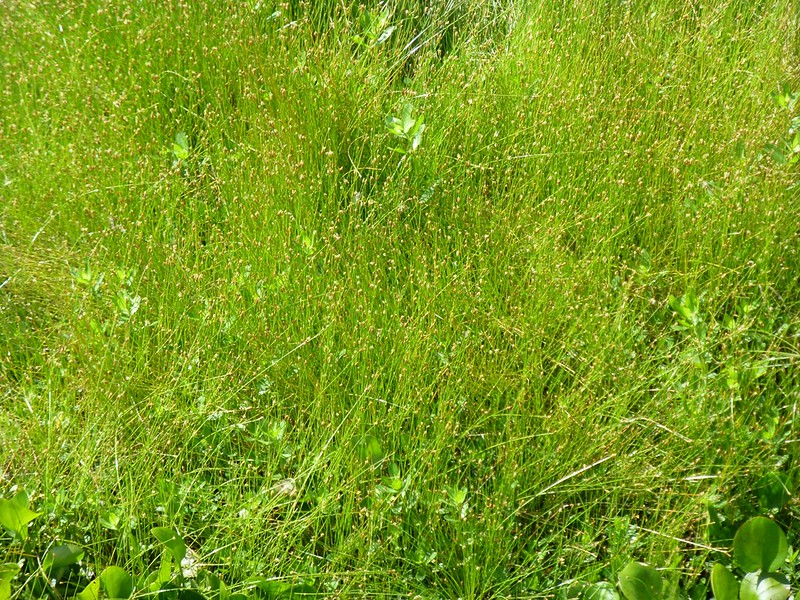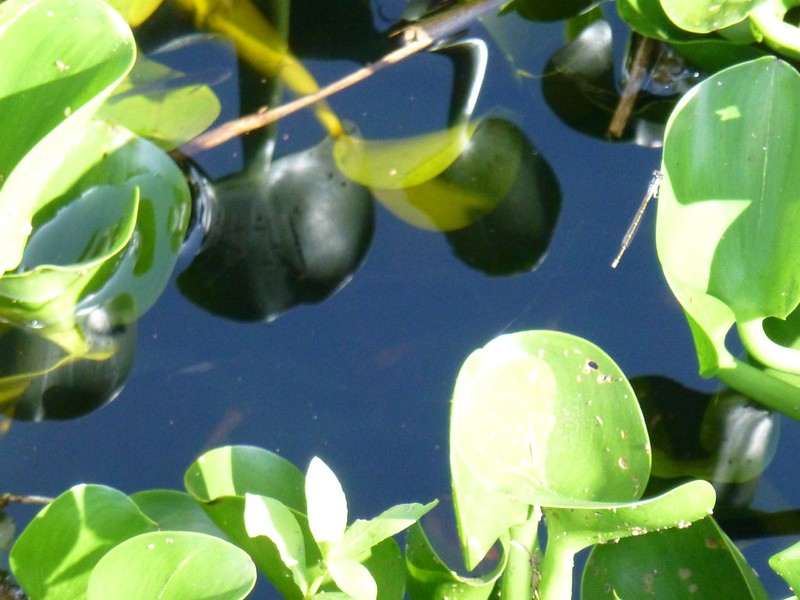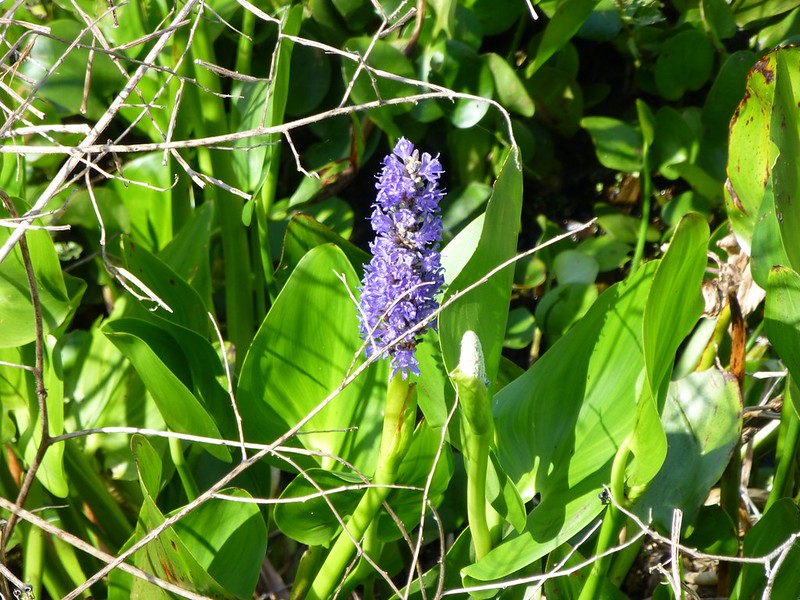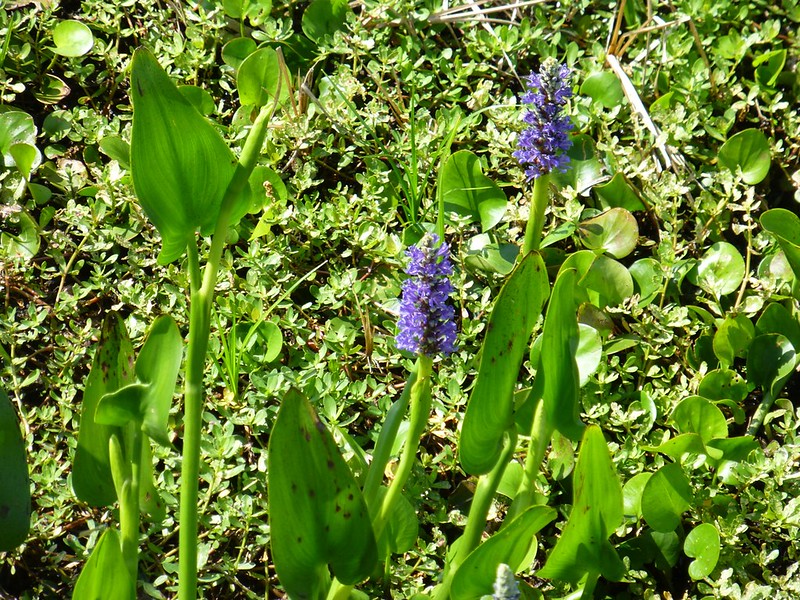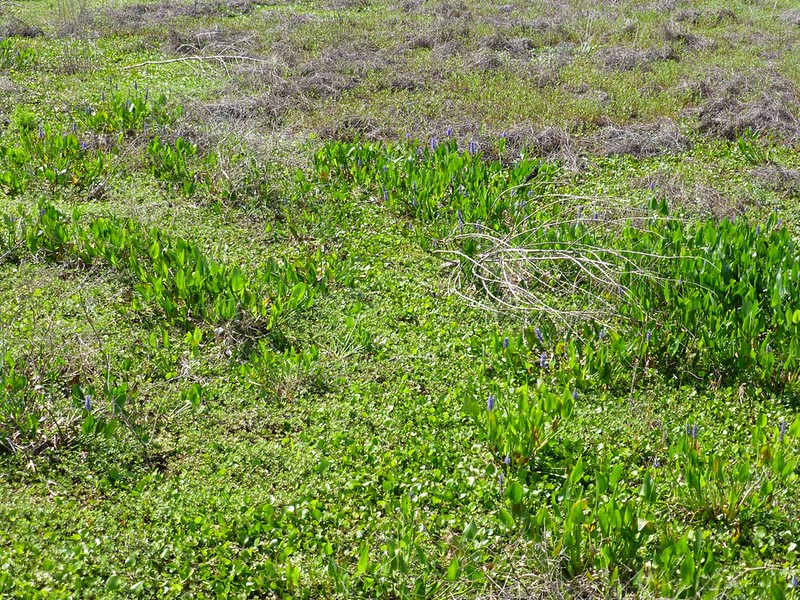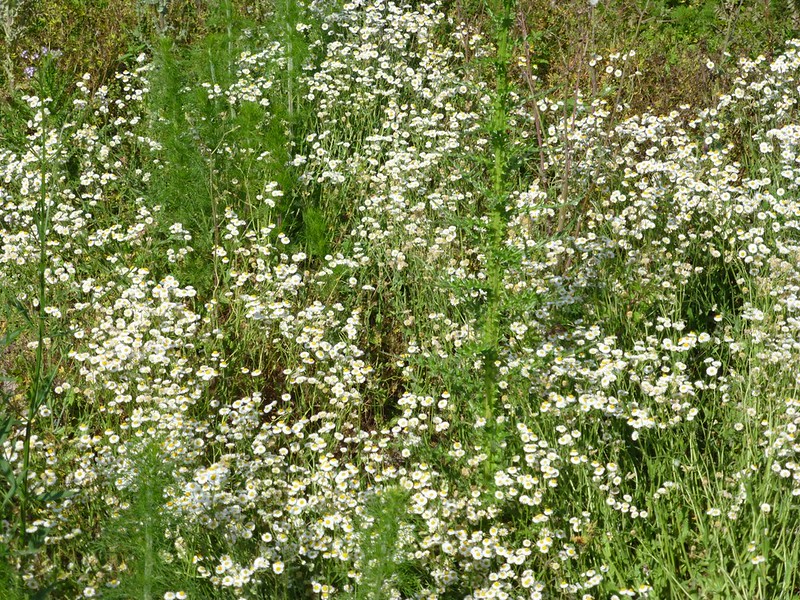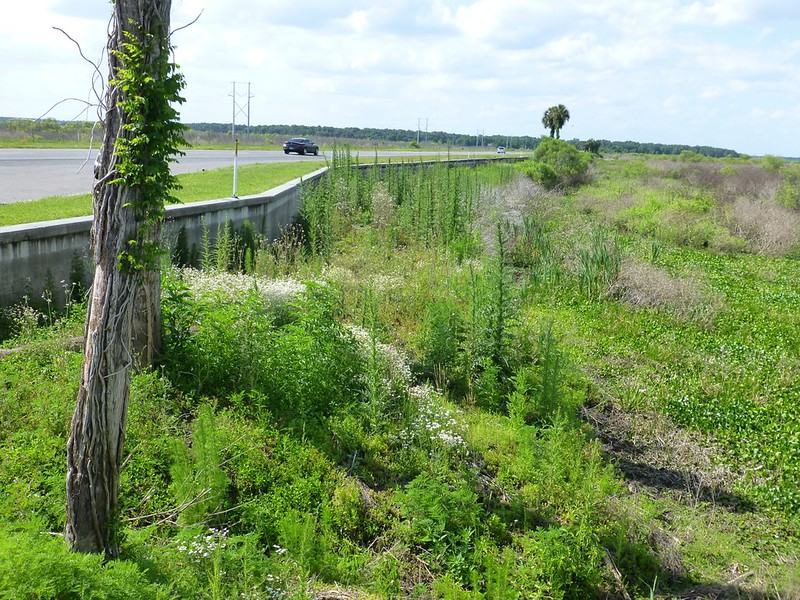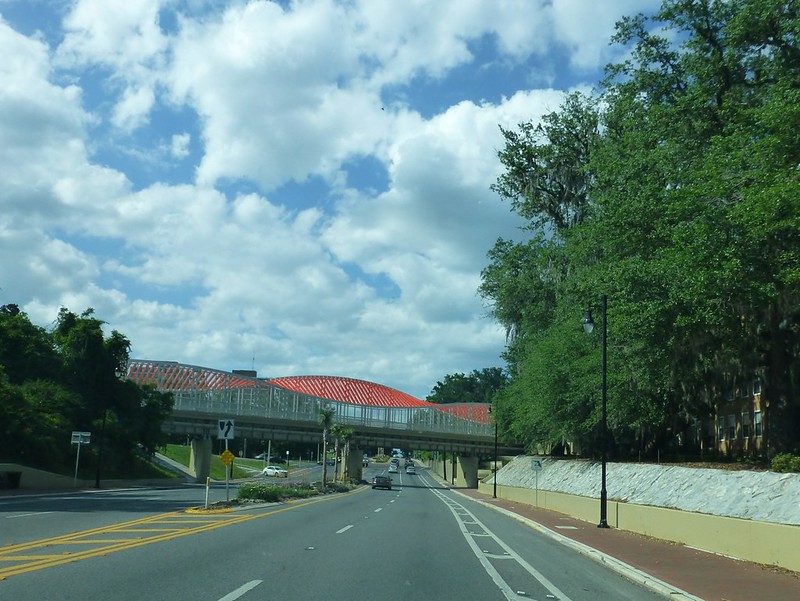|
|
Post by htmb on Feb 1, 2013 13:59:00 GMT
Alligator FactsThe average size for an adult female American alligator is 8.2 feet (2.6 m), and the average size for a male is 11.2 feet (3.4 m). Exceptionally large males can reach a weight of nearly half a ton or 1,000 pounds.
The easiest way to distinguish an alligator from a crocodile is by looking at the teeth. The large fourth tooth in the lower jaw of an alligator fits into a socket in the upper jaw and is not visible when the mouth is closed. This does not happen in crocodiles. Alligators have between 74 and 80 teeth in their mouth at a time. As teeth wear down they are replaced. An alligator can go through 2,000 to 3,000 teeth in a lifetime.
Crocodilians are carnivorous. They have very strong jaws that can crack a turtle shell. They eat fish, snails and other invertebrates, birds, frogs, and mammals that come to the water's edge. They use their sharp teeth to seize and hold prey. Small prey is swallowed whole. If the prey is large, crocodilians shake it apart into smaller, manageable pieces. If it is very large, crocodilians bite it, then spin on the long axis of their bodies to tear off easily swallowed pieces.
American alligators may live to about 50 years in the wild. After it is four feet long, an alligator is safe from predators except humans and occasionally other alligators.
Once on the verge of extinction, the American alligator has made a remarkable recovery. Due to strict conservation measures and extensive research, it is no longer endangered except in scattered areas of its range. However, the American alligator is listed as threatened on the U.S. Endangered Species List because it is very similar in appearance to the American crocodile, which is endangered, and hunters are likely to confuse the two species. Hunting is allowed in some states, but it is heavily controlled. The greatest threat is currently destruction of habitat; this includes water management systems and increased levels of mercury and dioxins in the water.
Smithsonian National Zoological Park
|
|
|
|
Post by htmb on Feb 1, 2013 14:57:05 GMT
Friends of Paynes Prairie A wonderful group of volunteers whose tireless efforts have helped tremendously to improve the park and make it more accessible to the public. THE FRIENDS MISSION We support the mission, programs and goals of Paynes Prairie Preserve Park through fund raising, outreach, education, and volunteerism. We carry out a range of support activities, from the payment of dues and contributions, to the presentation of major special events. We work with Preserve staff to promote Paynes Prairie by means of community activities, resource management, education, and visitor services. WE MAKE A DIFFERENCE. Paynes Prairie Preserve State ParkLink to the State of Florida park service
|
|
|
|
Post by htmb on Feb 1, 2013 22:09:50 GMT
Really a fantastic report. All of the birds are wonderful, but looking over all of the shots of the "alligator birds," I'm surprised that you didn't have a chance to get any "action" shots. I'm sure we've all seen nature documentaries where the "sleepy stupid alligator" suddenly flips around unexpectedly and chomps down on a feather sandwich, thereby proving the validity of the term "birdbrain."  The weather really looks like it was perfect, but your photos would have made an impression even on a grey rainy day. Kerouac, I am surprised I didn't see that type of activity as well, but I'm so glad I didn't. Intellectually, I understand the food chain, and I spent a lot of years of my youth around many different types of animals. However, I am a real wimp when it comes to watching one animal devour another. I couldn't even watch the end of the frog and worm video. Tod, I'm glad you liked my anhinga photos. I should have taken more since I was at such a perfect angle. There is a place on the edge of Gainesville known as Kanapaha Botanical Gardens. I haven't been there with my camera, though I intend to visit one day in the future. The director had his hand and forearm bitten off by one of the alligators on the property. Alligators may sometimes look sleepy and slow, but they can lash out at a moments notice just as you say, Kerouac. |
|
|
|
Post by lugg on Feb 2, 2013 10:47:48 GMT
Just such a fabulous report htmb, you do live in a lovely part of the world. Your photos are fantastic , I really enjoy seeing all the birds which just seem so exotic . The anhinga is completely new to me.
The sign (#1 photo of reply 7) is completely redundant in my eyes, but I guess you get the odd bird brained human too.
|
|
|
|
Post by htmb on Feb 4, 2013 11:39:50 GMT
Thank you very much, lugg. Yes, some people can be fairly dense. I would also assume signs like that are required by insurance agencies.
|
|
|
|
Post by htmb on Apr 13, 2013 18:16:11 GMT
|
|
|
|
Post by htmb on Apr 13, 2013 19:38:06 GMT
On the south side of Paynes Prairie lies the little town of Micanopy. From the town web page:The Town of Micanopy (mick-ah-NO-pee) encompasses 1.03 square miles near the Alachua-Marion county line between Gainesville (home of the University of Florida) and Ocala in rural north-central Florida. Micanopy’s 650 residents occupy 338 homes. Statistics, however, ignore the ancient oaks clothed in Spanish moss that enfold Micanopy’s narrow streets and dirt lanes, and provide shade and Southern ambiance for visitors and families that have lived here for generations.
Micanopy’s commercial appeal is based on its rich, sometimes savage history. Florida’s aboriginal records show that Hernando De Soto encountered an early Timucua Indian village here in 1539, and later botanist William Bartram visited a Cuscawilla village on this site (1774). Fort Defiance was built here in 1835, and soldiers clashed with natives during the Second Seminole War (1835-1842). The first permanent white settlement in Alachua County was established in this area. Founded in 1821, the Town is named after Seminole Chief Micanopy (ca1780-1849), a noted defender of his people. This busy trading post grew into an important railway crossroads for the transport of citrus and sugar cane. Today excavations and preservation initiatives pay tribute to the Town’s historic past, and the search for artifacts and the location of Fort Defiance continues in residents’ yards. A local park, the Native American Heritage Preserve, protects an Indian mound.
|
|
|
|
Post by bixaorellana on Apr 14, 2013 3:47:20 GMT
DAZZLING pictures! The commelina fairly sprang out of my monitor and I can hear the water gurgling around the heron. The redwing blackbird shot couldn't be more beautiful.
Michanopy -- "rich, sometimes savage history" indeed!
|
|
|
|
Post by Deleted on Apr 14, 2013 5:13:02 GMT
The second gator photo is a perfect example of "restrained palette."  |
|
|
|
Post by mossie on Apr 14, 2013 7:20:36 GMT
Super birds.
|
|
|
|
Post by lola on Apr 14, 2013 13:39:09 GMT
Yes! I can just hear that redwing blackbird sing.
Beautiful. How scary is it to see an alligator swim towards you? Do you snap and run, or just hit them on the nose with a newspaper if they get too close?
|
|
|
|
Post by htmb on Apr 14, 2013 14:08:30 GMT
The redwing blackbird was a treasure literally snapped on the fly as I was heading back to the car. I give the alligators a very wide berth of at least thirty feet. It's hard to tell, but these photos are mostly taken from up on a levee-type embankment, however alligators do sometimes climb up on the path (like the four/five foot gator seen walking in one of the photos). Alligators can run very fast for short distances and they have very primitive thought processes since their brains don't get much larger than a big Lima bean. If I'm kayaking and see a gator I cut as wide a path as I can around it, going out into deeper water if possible. There's a super photo called Gator Patrol on the bottom of State of Florida Parks Photo Contest page showing a very large alligator walking in front of the warning sign on Paynes Praire just near where I took the blackbird photo. Gator Patrol....bottom of pageIt got my vote for April. |
|
|
|
Post by bixaorellana on Apr 14, 2013 14:27:52 GMT
That's a fun & funny photo, but photographically, any one of your pictures is better. Enter that contest!
|
|
|
|
Post by htmb on Apr 14, 2013 14:38:19 GMT
Oh, thank you, bixa. The cool thing about that photo is the placement of the gator in relation to the sign (and the path).
|
|
|
|
Post by nycgirl on Apr 20, 2013 16:09:43 GMT
The photo of the egret (?) in a field of green is beautiful.
|
|
|
|
Post by htmb on Apr 28, 2013 0:05:23 GMT
Thank you, nycgirl. That's a Giant Blue Heron.
|
|
|
|
Post by htmb on Apr 28, 2013 0:15:41 GMT
This afternoon I headed south across Paynes Prairie towards the town of McIntosh. 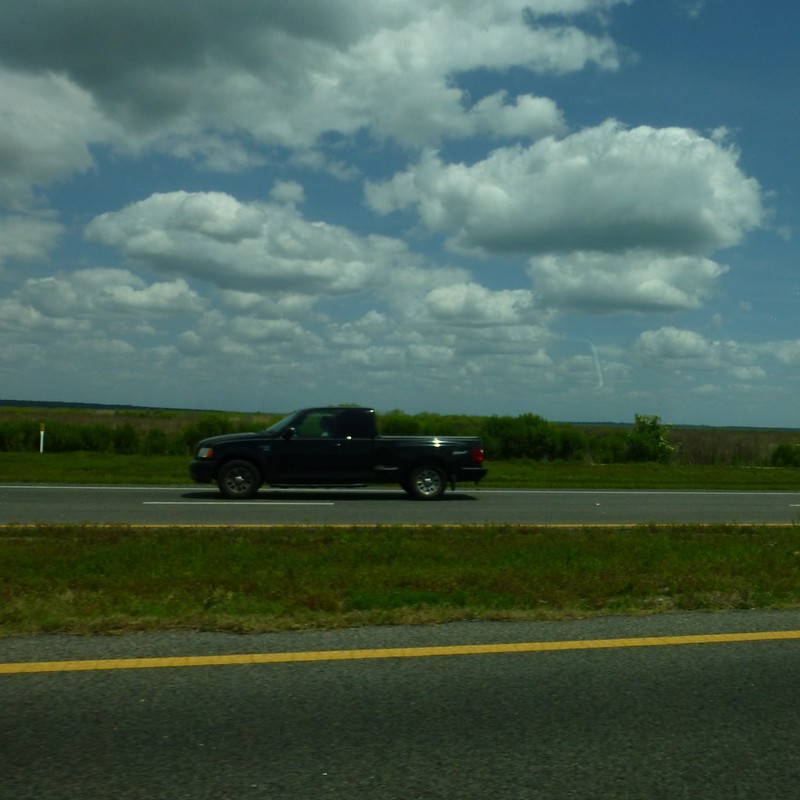 Just past the prairie is the historic town of Micanopy. Marjorie Kinnan Rawlings lived nearby when she wrote Cross Creek, the book about her neighbors. Also, the movie Doc Hollywood was filmed here in 1991. 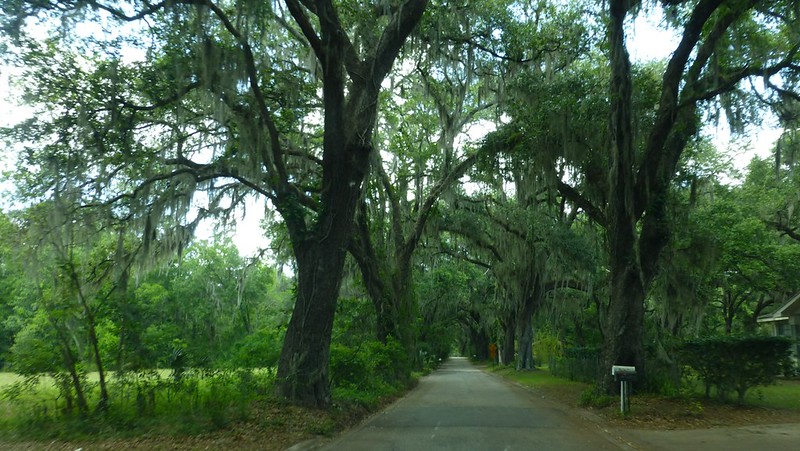 The name Micanopy is not pronounced my canopy, which is what I thought when I saw it on my way to the University of Florida for the first time. It's an Indian name pronounced Mick-can-oh'-pee. 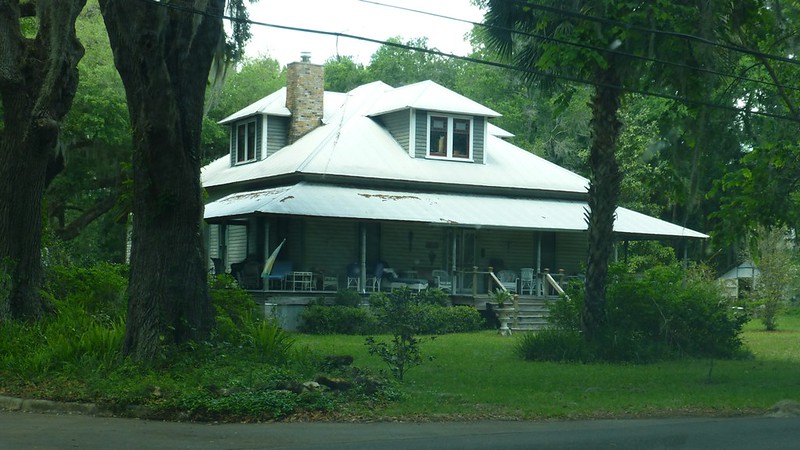 The 600 town members live in Florida's oldest inland settlement, ....... though it doesn't look like anyone's living here. 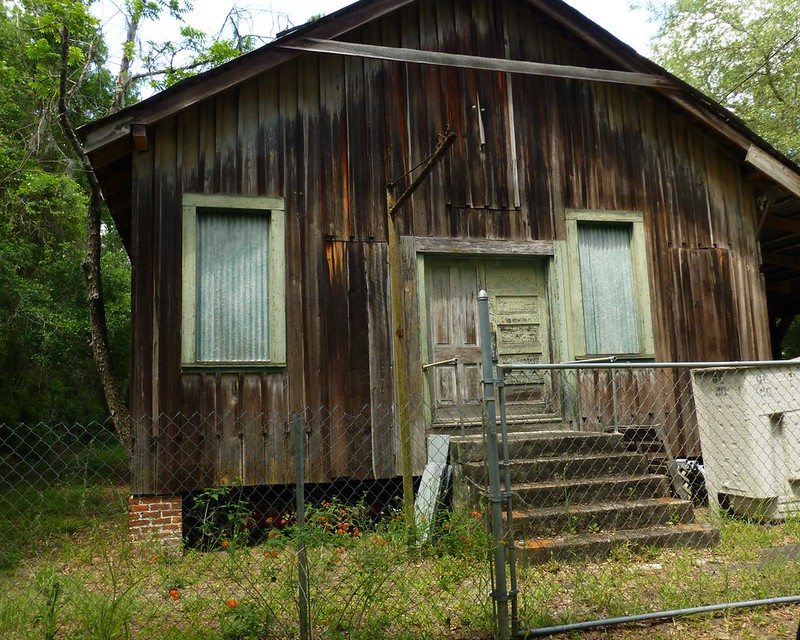 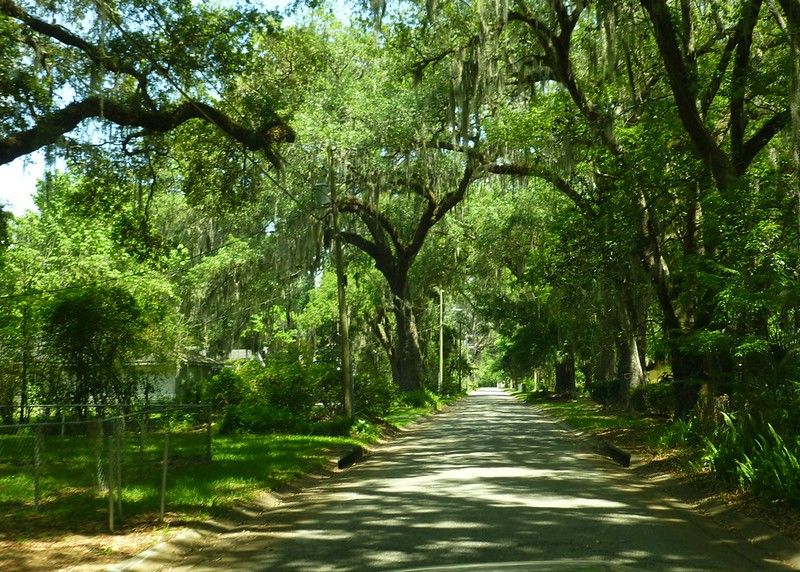 Many of the streets have Indian names. I don't even want to try to pronounce this one. 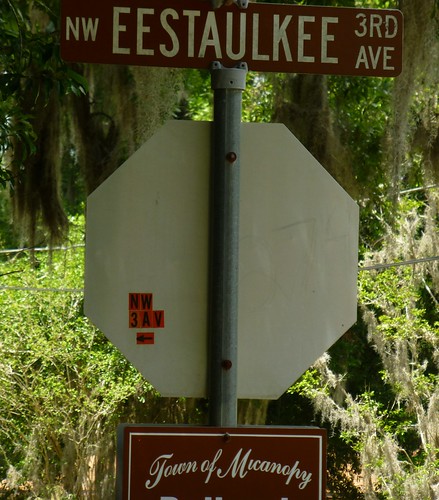 The main street area showcases many restored buildings that have been turned into antique and tourist-type shops. I need to go back to get more photos because there were too many people in town to deal with taking pictures today. They'd probably just left where I was heading. 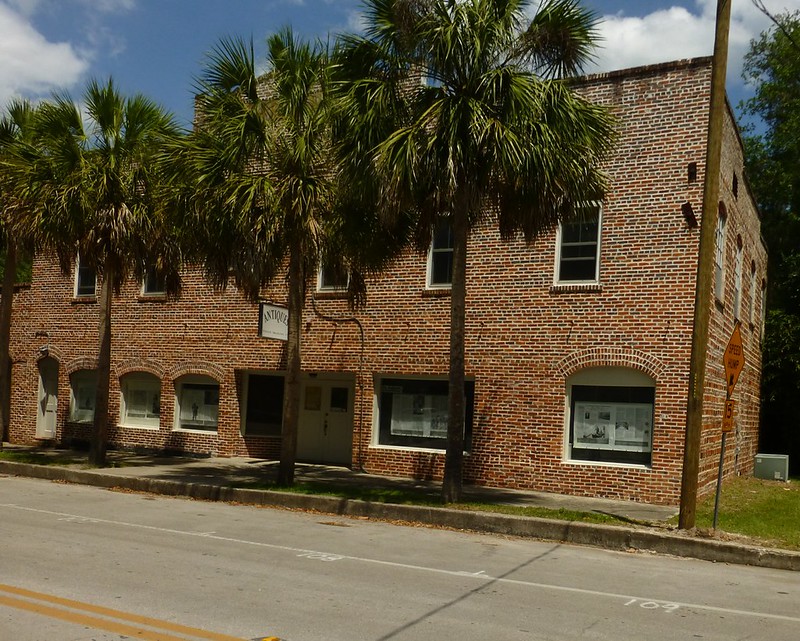 This is the local Episcopal Church which was built in the 1870's. The building is typical of Episcopal Churches built throughout North Florida during that time, complete with a zinc roof and cedar paneling on the inside. 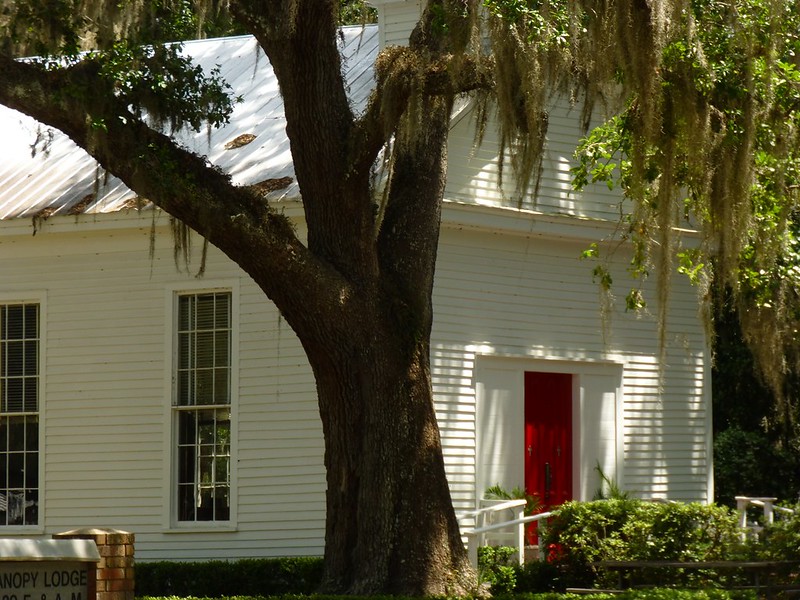 Leaving Micanopy, I returned to Hwy 441 and was soon over the Marion county line. This area is known as Thoroughbred country, where horses are bred, born, and trained to race. 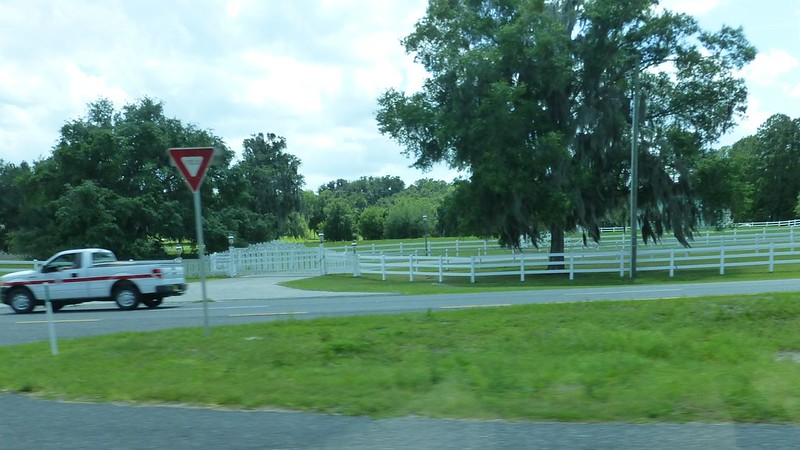 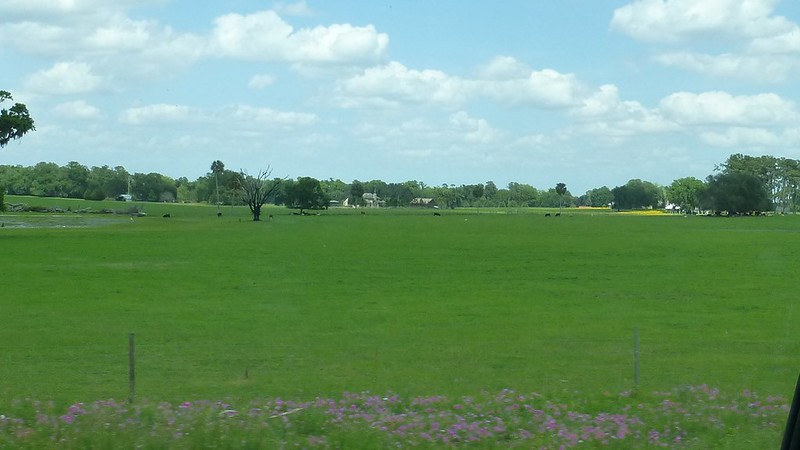 |
|
|
|
Post by htmb on Apr 28, 2013 0:39:46 GMT
|
|
|
|
Post by htmb on Apr 28, 2013 1:12:42 GMT
Next up: heading back to the prairie. |
|
|
|
Post by htmb on Apr 28, 2013 1:40:50 GMT
|
|
|
|
Post by htmb on Apr 28, 2013 2:13:13 GMT
|
|
|
|
Post by htmb on Apr 28, 2013 2:21:22 GMT
|
|
|
|
Post by htmb on Apr 28, 2013 3:00:42 GMT
I drove north towards Gainesville through the section of 441 that directly crosses the Prairie. This highway, and Interstate 75 to the west, cross the prairie where ferries were used for transport from 1871 to 1876. Back then the prairie drainage into the aquifer became stopped up and a lake was formed. This area can be very dangerous when fog and/or smoke settles in, particularly at night. During one such event that resulted in a horrific pile-up and fire, eleven people were killed on Interstate 75. Just off 441 is a little pull-out spot and observation deck. |
|
|
|
Post by htmb on Apr 28, 2013 3:30:42 GMT
|
|
|
|
Post by mossie on Apr 28, 2013 8:17:36 GMT
Another insightful nature study period, you do live in a wonderful area. I especially liked the contemplative shot of your shadow leaning over the fence.
|
|
|
|
Post by htmb on Apr 28, 2013 12:32:40 GMT
Thanks for always cheering me on, Mossie.  |
|
|
|
Post by lola on Apr 28, 2013 15:40:04 GMT
Amazing moss, magnolia, and that big dandelion of a tree. I never knew FL had prairies at all.
So are those water hyacinths, the purple ones?
|
|
|
|
Post by htmb on Apr 28, 2013 18:47:28 GMT
Yes, Lola, those purple flowers are water hyacinths. Aren't they pretty? They've just started blooming since i was at the north side of the prairie a couple of weeks ago.
The wild magnolias aren't flowering yet, but I was out to lunch today - without my camera - and the magnolias planted in the shopping center parking lot were loaded with blooms in various stages. I'm going back there tomorrow, so hope to get some pictures.
There's a big difference in this prairie versus the ones in the Midwest USA, for example. Paynes Prairie is a very wet prairie, except in times of severe drought. It's also a major filtering area for water runoff from the north. The land to the south of the prairie begins to change from loamy, rich soil, to a sandier-type and there are less hardwoods as you travel down into that part of Florida.
|
|
|
|
Post by lugg on Apr 30, 2013 17:58:39 GMT
Really enjoyed reading your latest additions to this thread. It is interesting to see the changes in the vegetaion over the months.
Micanopy looks a charming town - of course I was intrigued by the initials on the anvil - any idea htmb?
I especially liked the landscape photos which remind me of why this is a prairie.
|
|
|
|
Post by htmb on May 1, 2013 0:28:13 GMT
Thank you, Lugg. I'm sorry, I didn't ask about the anvil, but will if I ever see the blacksmith guys again.
|
|



